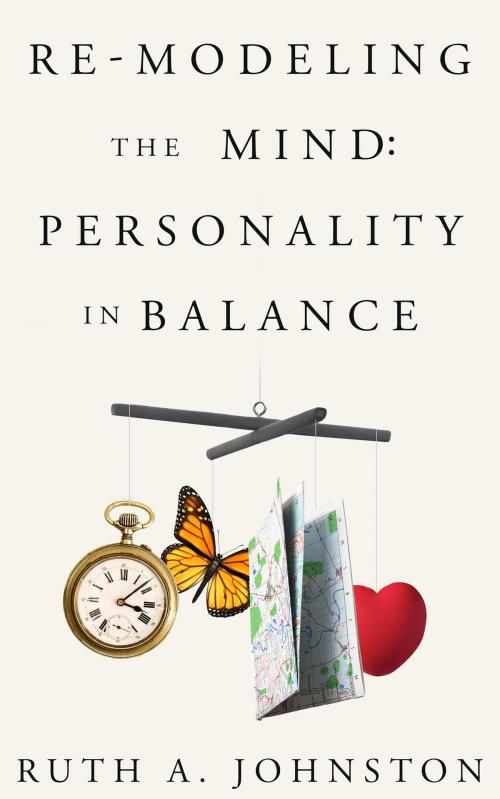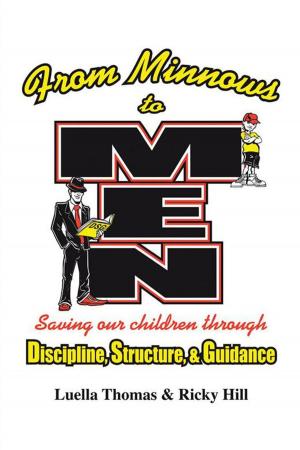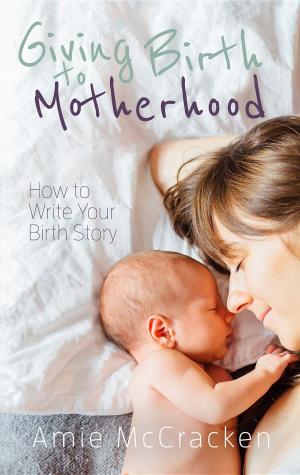Re-Modeling the Mind: Personality in Balance
Nonfiction, Health & Well Being, Psychology, Personality, Family & Relationships| Author: | Ruth Johnston | ISBN: | 9780983181019 |
| Publisher: | Ruth Johnston | Publication: | July 6, 2015 |
| Imprint: | Smashwords Edition | Language: | English |
| Author: | Ruth Johnston |
| ISBN: | 9780983181019 |
| Publisher: | Ruth Johnston |
| Publication: | July 6, 2015 |
| Imprint: | Smashwords Edition |
| Language: | English |
Who doesn't love a personality theory? Unfortunately, to many readers, personality systems seem like checklists, confining boxes, or games and gimmicks. We know we're all unique and in some ways we never stop changing; at the same time, we humans do fall into groups that are somewhat predictable. A useful personality theory needs to define, explain, predict and still leave room for flexibility and uniqueness.
Building on Jungian philosophy and deep personal observation, Ruth Johnston presents a living model of human personality. Neuroscience tells us that the brain follows the dynamic principles of other natural systems and all living things. Innate abilities adapt and self-organize to meet the demands of learning, working, bonding with others and managing our feelings. Personality emerges from this dynamic adaptation as a predictable, understandable way of processing the world.
The dynamic model's power lies in understanding how it works, not merely in looking at end results and labels. Re-Modeling the Mind takes you step by step through the parts of personality, so that you can see for yourself how the model fits together and how it runs. It then lays out how the engine looks when categorized into traditional Myers-Briggs types, offering new interpretations along the way.
With a special section to discuss the sometimes hazy difference between normal personality variation and truly abnormal psychology, Johnston also discusses temperament categorization, relationships between various personality combinations, the need for dominance, and the care and maintenance of the personality engine in marriage.
With many keen insights, the author has built a thoughtful and—unlike most theories—highly useful model of the mind. Dense in ideas, but not in technical language, Re-Modeling the Mind: Personality in Balance is accessible to both professional and lay readers.
Who doesn't love a personality theory? Unfortunately, to many readers, personality systems seem like checklists, confining boxes, or games and gimmicks. We know we're all unique and in some ways we never stop changing; at the same time, we humans do fall into groups that are somewhat predictable. A useful personality theory needs to define, explain, predict and still leave room for flexibility and uniqueness.
Building on Jungian philosophy and deep personal observation, Ruth Johnston presents a living model of human personality. Neuroscience tells us that the brain follows the dynamic principles of other natural systems and all living things. Innate abilities adapt and self-organize to meet the demands of learning, working, bonding with others and managing our feelings. Personality emerges from this dynamic adaptation as a predictable, understandable way of processing the world.
The dynamic model's power lies in understanding how it works, not merely in looking at end results and labels. Re-Modeling the Mind takes you step by step through the parts of personality, so that you can see for yourself how the model fits together and how it runs. It then lays out how the engine looks when categorized into traditional Myers-Briggs types, offering new interpretations along the way.
With a special section to discuss the sometimes hazy difference between normal personality variation and truly abnormal psychology, Johnston also discusses temperament categorization, relationships between various personality combinations, the need for dominance, and the care and maintenance of the personality engine in marriage.
With many keen insights, the author has built a thoughtful and—unlike most theories—highly useful model of the mind. Dense in ideas, but not in technical language, Re-Modeling the Mind: Personality in Balance is accessible to both professional and lay readers.















